
How did your passion for photography become ignited? Why were you initially attracted to street and wildlife photography?
For those of us who got introduced to photography when film still reigned, one of the fascinating visual delights was to lay one’s hands on international magazines renowned for their superlative photographic content such as Life magazine. For nature lovers and nature photographers the yellow bordered National Geographic surely had a special, almost revered, place in the heart and in the book shelves. Like countless others of my generation I still have vivid memories of some of the National Geographic covers of the 1980s and 1990s vintage. Through these issues one could not only explore science, culture, history, geography or the wonders of the world but also get exposed to quality photographs and photographers.
Those lavishly illustrated pages were a fairly big deal in the pre-internet days of the 1980s when we only had limited visual exposure in India. There was a single government television channel (Doordarshan) for a few hours every evening and most local newspapers and magazines were yet to start printing high quality colour pictures.
Thanks to that yellow bordered magazine I discovered Steve McCurry and his image of the Indian tailor in the monsoon floodwaters and the iconic green-eyed Afghan girl, who inexplicably went on to become an enigmatic modern Mona Lisa of sorts! I discovered Chris Johns and Michael ‘Nick’ Nichols and their countless nature based covers of cheetahs, chimpanzees, gorillas and tigers, which served to spark my school-boy imagination. I had never had the opportunity of visiting any Indian national park in my childhood and foreign travel was simply out of the question – international trips were then considered to be the exclusive preserve of the privileged. Indeed, staring ‘into’ those lovely pictures of lions in the African savannah and polar bears in the Arctic pack-ice transported me into a ‘fairy tale’ world, which was real and imagined in equal parts for a boy growing up in the concrete jungle of the city of joy (Kolkatta).
And one also came across the work of Indian masters like Raghu Rai and Raghubir Singh through books, magazines and exhibitions. These were gifted genre-defining visual artists who represented the nuances of the sub-continent in such poignant and perceptive ways, that over three decades later whenever I click a street scene, somewhere I suspect I am perhaps still getting sub-consciously influenced.
An additional factor that possibly also contributed to sowing the seeds of interest in photography was coming in touch with some photo-journalists through people we knew. I still recall a picture that I had seen as an eight or nine-year-old. It was a picture of a traffic policeman taking a bribe from a truck driver. That imprinted on me the power of visual documentation. It made me realise the importance of the medium of photography, as it went beyond the passport pictures clicked in the neighbourhood studio or the usual wedding album pictures.
This is how I gradually got intrigued by street photography and wildlife photography in my mind’s world as a boy, though proper photography and photo-expeditions would happen much later, in my working life when I was in my twenties. Indeed, my desire to explore the world as a curios traveller rather than a tourist was also sown in those childhood years. This has to be seen in context of the fact that though I have now travelled to nearly 30 countries with my camera, till I got a corporate job as a qualified chartered accountant in 2003, I had been on an aeroplane only twice in my then 25-year old existence!
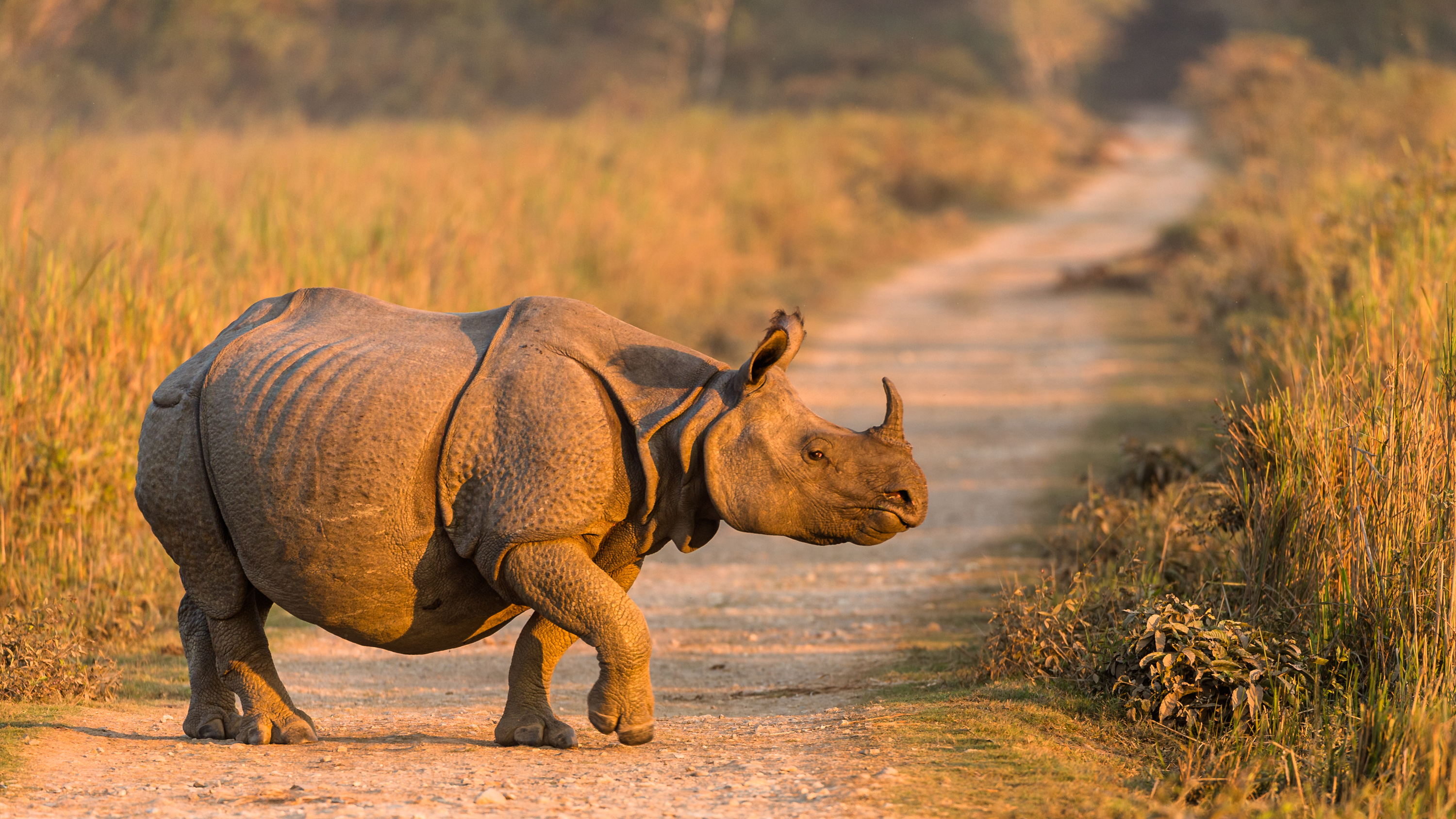
What does the style of photography mean to you and have you seen any major shifts in your photographic style over the past few years?
Irrespective of genre, photography is fundamentally about connecting with a moment in time-space. And actualizing that connection often is a function of who we are and what is the meaning of life and photography for us. It is often far more than just the camera equipment being used, though of course that is an essential part of the cameraman’s toolkit.
As I have progressed in my journey as a human being and a photographer, I have increasingly realised that it is not always possible to gain access to a significantly unique scene and therefore one of the ways to create one’s own distinctive pictures is to design the images like a line or a small stanza from a poem, to express a thought or feeling. So, the artistic quotient and the personal interpretations have gone up over the past several years.
Yet, despite whatever prior subject and situation knowledge that one may have, despite all preparations and pre visualizations, it is also important to not become prisoners of the frames that may have worked for us earlier. In other words, pursuit of one’s so—called signature style should not become a constraining factor that becomes bigger than the moment being photographed. For example, just because a particular picture of some charismatic wildlife has helped me get an important magazine cover or a photographic award, does not mean I should feel compelled to try and recreate that style of image over and over again! In other words, photographic style and quality are also dynamic and I have to keep challenging what I have already succeeded at earlier.
To give an example, that is why, even if I have successfully experimented with 16mm ‘up-close and personal’ images of African elephants from a few feet away, it does not mean that I will want to go on a safari without a decent telephoto lens! Similarly, just because I have had creative success at slow shutter pans or intentional camera movement images, does not imply I will not continue to delight in creating traditional ‘beautiful’ pictures in ‘golden’ light.
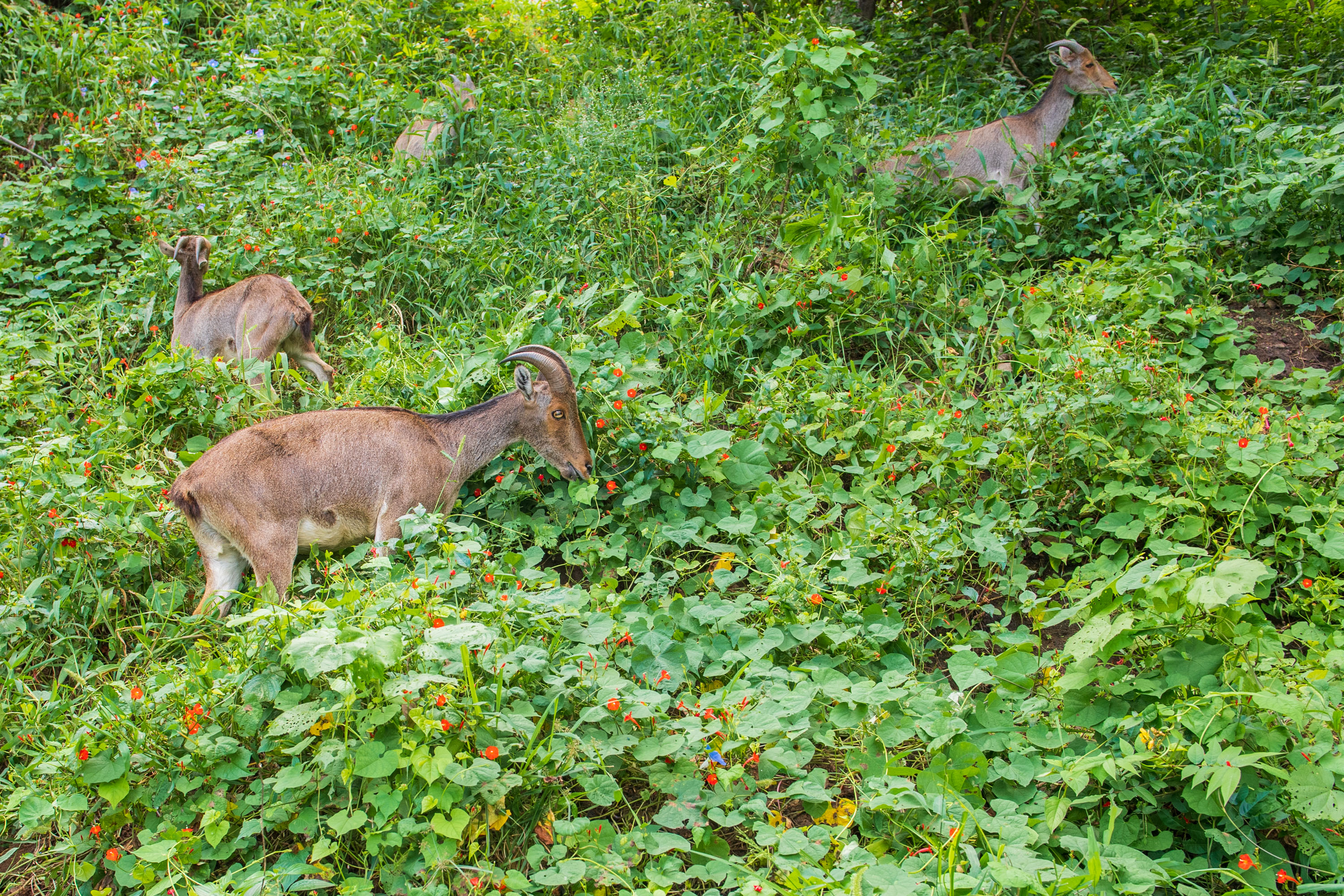
Who was the individual(s) that influenced your photography the most?
Initially, my father, late Mr. S B Mukherjee, was my source of basic knowledge about photography because I saw him use his Pentax SLR while growing up. It was interesting to practically learn to operate that Pentax set-up as it had no auto-focus or auto-exposure. For me, in my initial days, getting a roll of decently exposed film from that camera was an achievement by itself! But on hindsight, that learning about working towards proper exposure in the pre-digital days helped me later in my own photographic journey.
The next influencer whose name I would call out is Mr. Madhu Sarkar, from whom I learnt so many new things at his studio at Tollygunge, Kolkata. Nuances of composition and indoor lighting, table top photography, model shoots, pictorial styles, salon photography etc. It was the start of a long-term association with many exhibitions and events enlivening the journey. Most importantly, from Madhu Sarkar I learnt to use photography as a medium of artistic expression, of creatively expressing thoughts, emotions and social statements.
I also have a healthy respect for all the photographers whose work I have had the opportunity of seeing and with whom I have interacted. I have been like a sponge. Absorbing much of what flowed around. Initially through books and magazines and then in the post-internet world through the web. And, of late, from social media platforms like IG and FB. And occasional visits to photo and art exhibitions and face-to-face interactions with professionals and passionate amateurs played their part.

In the nature and wildlife genre where I have been immersed in this past decade, I have a particular fondness for the lyrical beauty of a Jim Brandenburg, an Art Wolf or a Frans Lanting and I have no hesitation in admitting that their magical images have taught me a lot. They have not just inculcated in me a desire to showcase nature as art but also moulded my overall life-view as a visual communicator.
Indeed, all sub-genres of nature photography have their own vital role and have served to inspire me. Be it the technically outstanding, beautifully executed John Shaw variety showing awe-inspiring landscapes and lovely animals or the raw, edgy conservation images of the Brent Stirton variety showing a bloody rhino with its horns cut-off or a dead silverback gorilla getting carried on a bamboo frame. I also like the specialized natural history strengths of a Paul Nicklen, a master documenter and explorer of the extreme polar regions and its denizens, or a Johnathan Scott, with whom I once spent an educative and enchanting week in the Masai Mara, which the ‘Big Cat Man’ knows like the back of his hand, having lived and worked there for decades. And there are many contemporaries and friends in wildlife photography whom I admire and continue to learn from such as Ole Jørgen Liodden.
This is not to say that my visual inspirations have only been from photographers – if I find the fine-art, minimalist, wildlife photography style of Vincent Munier to be inspiring, then it must also be stated that I never would have tried certain type of imagery had I not come upon the works of Vincent van Gogh – his striking colours, emphatic brushwork and contoured forms. Not just other photographs but movies, music, books on philosophy and poetry can all serve to inspire a photographer, but nothing is more inspirational to me than this transient journey called life
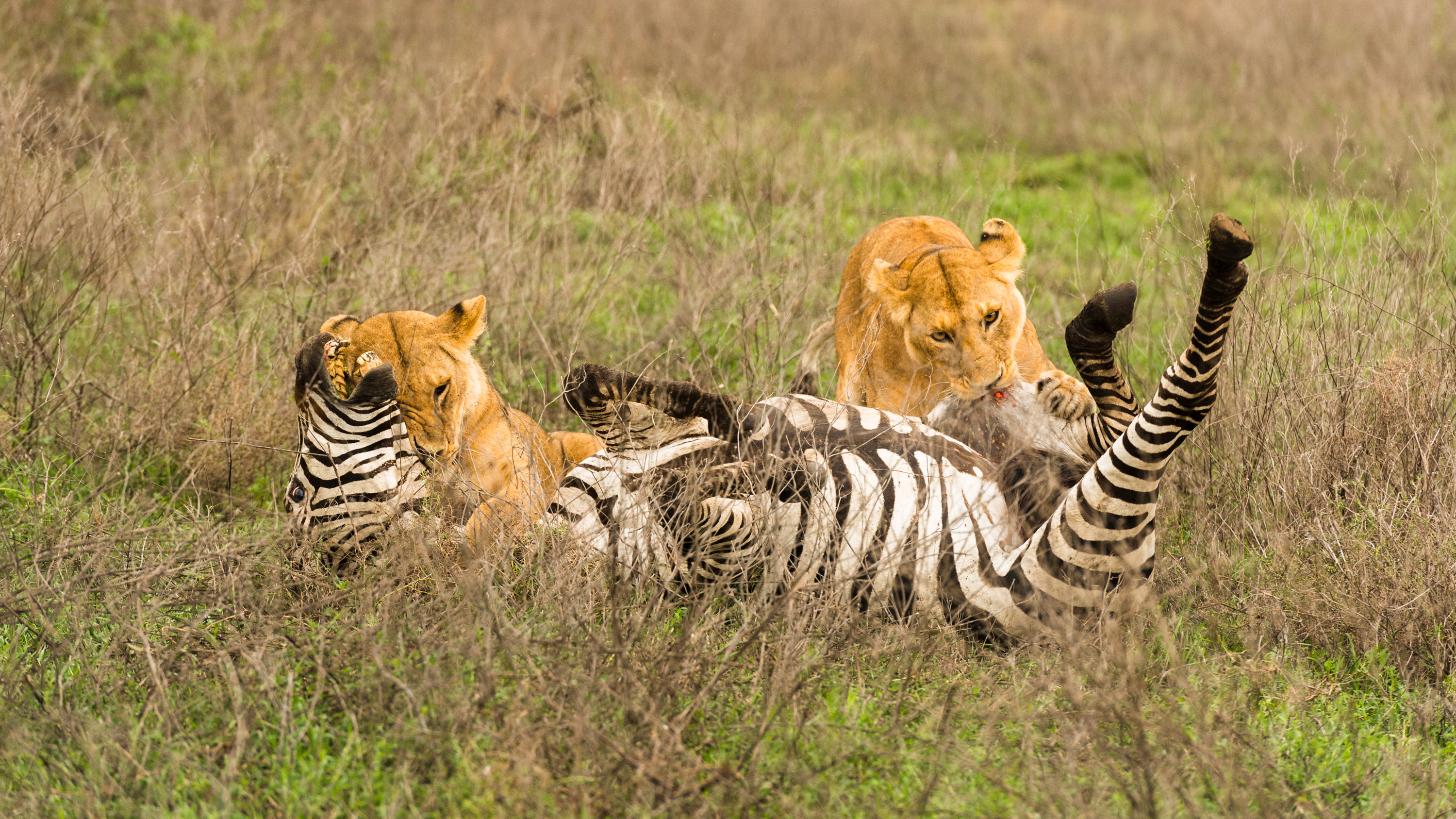
You are best known both for your wildlife and street photography – do you find your skills in street photography help with wildlife?
Henri Cartier-Bresson’s “decisive moment” is true for both street photography as it is for wildlife. And therefore, there is a need for all photographers to hone their technical and aesthetic sensibilities in order to be able to respond to that decisive moment. This construct would be true for both a spontaneously unfolding street scene or a cheetah hunt!
More importantly, by immersing oneself in a totally different genre of image making, in my case people photography, it is possible to explore new dimensions of wildlife photography in an original manner. I strongly feel ‘how we see’ is as important as ‘what we see’ but ‘what we see’ can expand ‘how we see’ and make us better image makers.
That is where exposure to multiple genres is particularly useful, as that helps develop one’s creative eye. One has to only look at Sebastião Salgado’s wildlife images to understand how uniquely he has been able to craft these images, no doubt drawing upon his vast experience as a prolific photo-journalist for so many decades.
The other common element between people and wildlife photography is the need to always respect one’s subjects. In landscape photography, whether I am photographing a rainbow over the Niagara Falls or the sun rays kissing the north face of Mount Everest, I do not have to be bothered about the sensibilities of my subject. Same is the case for, say, commercial product photography. But in case of people and wildlife photography I am dealing with living subjects and their sensibilities and safety is of paramount importance – always more significant than getting the desired photograph. This can be true while photographing festivals where there could be religious sensitivities or there could be cultural nuances to keep in mind while making pictures of tribal people. And in the same way, the core ethic of not disturbing one’s subject to make a better picture is also an inviolate principle for wildlife photographers – think of pictures of nesting birds or any young animals. In conclusion, understanding the context and having empathy for the subject is a central tenet of both wildlife and people photography.
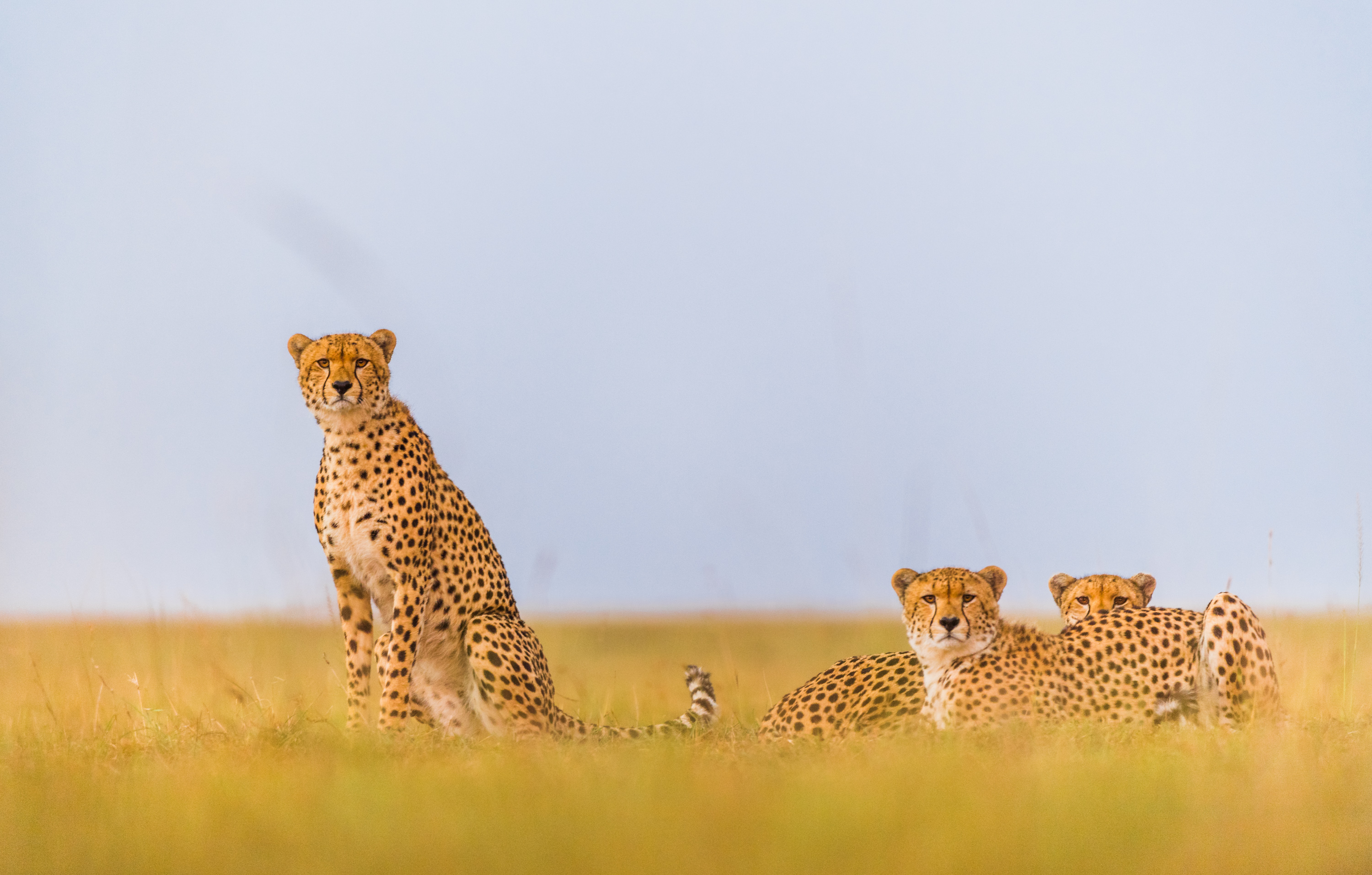
What is your favorite location for wildlife photography in India?
This is a tough one! Different locations across the vast Indian sub-continent are good at different times of the year. They offer different types of landscapes and the endemic flora and fauna that often go with such biomes. I have enjoyed exploring and learning from this great variety of mind-boggling natural history experiences that India can offer. It is a work in process and I doubt if I will be able to do justice to even a small fraction of wild India’s diverse offerings in this lifetime! And what’s more, along with the internationally famous wildlife havens such as Jim Corbett National Park, there are lots of photographically exciting nooks and crannies spread across the sub-continent, from bird hides to micro wonderlands in coffee plantations and forest edges, that beg to be explored.
I have shot trans-Himalayan landscapes and fauna from Ladakh in the north to endemic and endangered lion tailed macaques and Nilgiri Tahr in Tamil Nadu in the south. I have shot one-horned rhinos and white winged wood ducks in Assam in the east to galloping khur and desert fox in the parched Little Rann of Kutch in Gujarat in the west.
And, of course, I have enjoyed photographing the magnificent striped cats that seem to define Indian wildlife for much of the world. My best experiences with our national animal have possibly been in Ranthambhore but even in Bandhavgarh, Kanha and Kabini I have had tremendous photo ops with tigers.
Come to think of it, now that I stay in Bangalore, I will nominate nearby Kabini (Nagarhole National Park) as my current favourite wildlife location within India. This former hunting ground of the Mysore Maharajas, known traditionally for its vast congregations of elephants and high probabilities of leopard spotting, has now developed as a great place for tiger sightings as well. But what really makes this park extra special is the tantalizing possibility of catching a glimpse of that black ghost, perhaps the world’s only habituated melanistic leopard – often referred to as Blacky or Bagheera by the local guides and drivers.

Do you have a favorite wildlife shot and why do you love it so much?
This is an even tougher question! Short answer – yes, I have my favourites but these are not permanent favourites! My photography and my most preferred creations change with time. Plus, some become favourites from the external perspective and the others are treasured from an internal point of view.
To give an example from the wildlife paradigm, when one of my polar bear shots created in 2014 at Svalbard won a National Geographic Traveler contest, then got featured in multiple photography magazines and afterwards was used as a cover for Lonely Planet magazine, it became a favourite. And in becoming so, it displaced many of my erstwhile favourite tiger pictures that had been extensively featured in the media earlier. But when I displayed this prized polar bear image at one of my photo-exhibitions in Kolkata, this did not sell at all whereas various other pictures, even other polar bear pictures, sold briskly! So, personal favourites and editor’s choices are no predictors of buyer preferences!
A couple of years after that I did a mountain gorilla expedition to Rwanda and my kitty of awarded and magazine[1]cover images got expanded, resulting in a reshuffle among my favourite nature pictures! And this process keeps getting repeated after every significant new photo-expedition.
Some pictures, however, become favourites in a very personal manner. These pictures generally have nothing to do with external validations and recognitions. In their very conception, execution and use, these pictures show different characteristics. I create them more for my own creative satisfaction as a visual artist.
A vertical-cum-horizontal slow[1]shutter pan of a flock of flying egrets at Ranganathittu, was inspired by not anyone else’s photographs but somehow subconsciously encouraged by Jackson Pollock’s abstract expressionism. Another personal favourite in this vein is an image of flying birds appearing as streaks of white against a pitch dark Masai Mara sky. This image struggled to get a dozen ‘likes’ on social media but resonates with aficionados familiar with the slashed canvas experiments of the minimalist master, Lucio Fontana. I am touching upon a few of my abstract wildlife images just to make the point that there can be no standard yardstick for determining what is a ‘favourite’ picture.

How do you balance your work with home life and yet still have time for photography and what advice can you offer for others
Work is life. Home is life. Photography is life. For me, I think all are interconnected. It is not possible to have one without the other. As Abraham Maslow observed, a man’s basic and psychological needs have to be significantly met before reaching the self-actualization orbit. To me, exploring the natural and cultural dimensions of planet earth with my camera helps me celebrate life, and this in turn is possible due to the inter dependent balance I experience between livelihood and life.
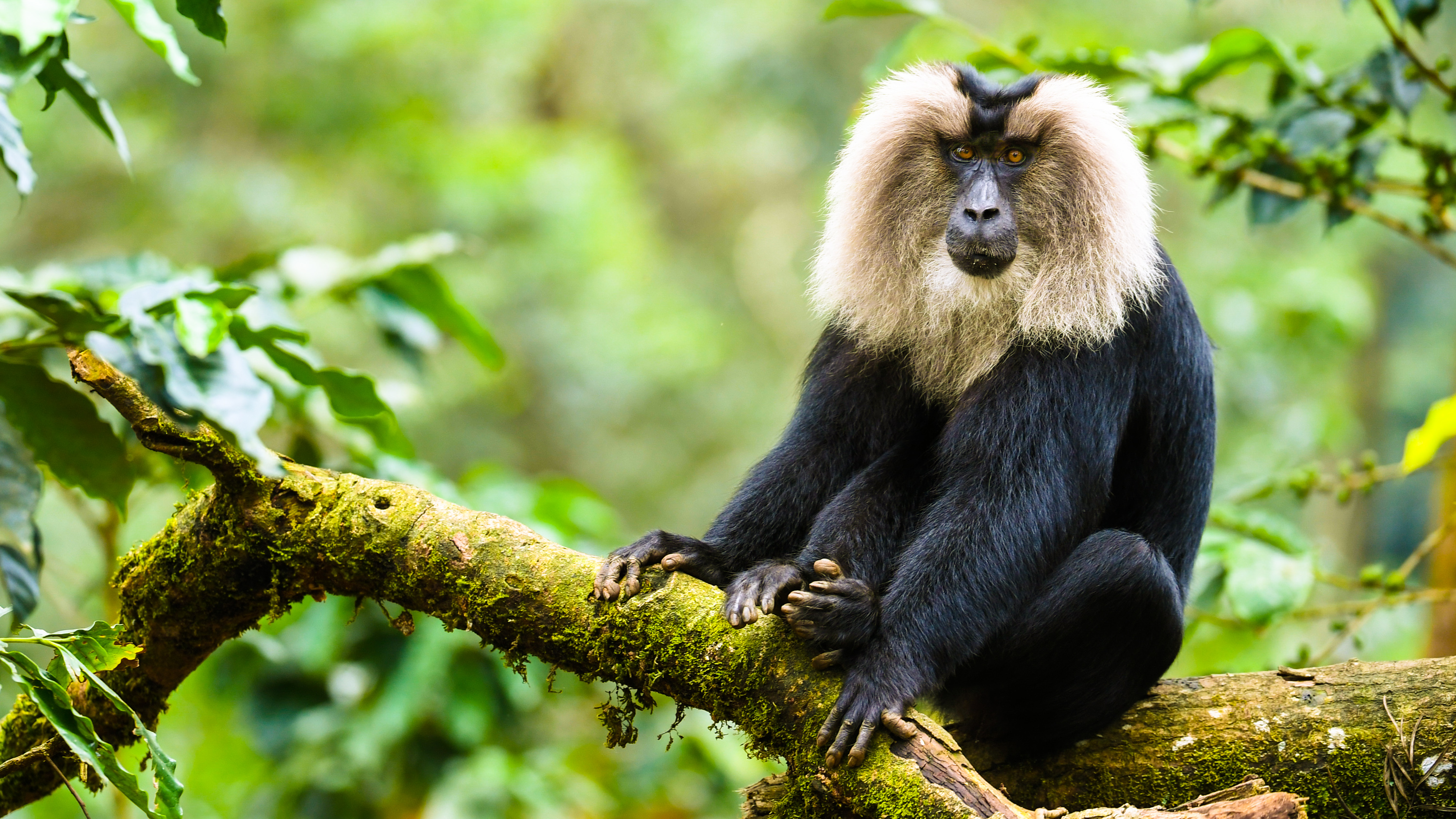
In terms of advice to others, I would recommend the photographer to think through, irrespective of the favoured genre or style, if they intend making photography their primary profession and why?
If, on the other hand, image-creation is going to be your life-long passion, even your obsession, as it is for me, then you need to carefully figure out what are the things you are going to try out photographically in the limited opportunities that the space-time of work-home-wealth-health will provide? I find it helpful to have a personal photographic vision and a mission statement, which can be worked on progressively over the years without, of course, becoming a slave to it. And when formulating this long-term photographic mission statement, the prosaic realities of successfully earning one’s livelihood and the joys and responsibilities of family life must necessarily be factored in. I personally find it easier to construct such photographic pathways, both creative and practical, by co-generatively involving the people who matter most to me. Then the solutions and workarounds can be collaboratively worked upon, within a shared framework of values.

What are your thoughts about the DSLR versus mirrorless debate?
Cutting-edge developments are taking place dynamically in the world of technology. And the imaging industry is also going through technology driven disruptions, which have not yet ended. What was generally considered photographically impossible just a few years ago, suddenly is becoming possible with the latest camera gear. But every system, be it DSLR or mirrorless, has its own suite of pros and cons. My thoughts on this debate, therefore, are still evolving. I have personally not yet reached that tipping point where for example, the apparent advantages offered by mirrorless cameras, will push me to make the switch from my DSLR system.
But then again, that is just my position at this point in time. A year or two later I may have a very different answer. And by then there could be some other technology altogether that will also need to be considered!
But still I would say that it is the user of the camera rather than merely the make or model of the camera that ultimately creates the picture. Ansel Adams’ quote rings true even after all these years “The single most important component of a camera is the twelve inches behind it.”

You are well known for the many magazine articles you have written about wildlife, what drives you to show your photographs like this?
Initially there was elation in being able to showcase my pictures on the print or electronic media. A live TV interview or a cover story in some reputed newspaper or magazine would give me a huge sense of achievement as a passionate photographer. The sheer joys of creating images and communicating to a larger audience through them was a reward in itself.
But over time, priorities have evolved. That is not to say I do not get pleasure from a publication or an award. I most certainly do and so far, even after 80 odd print publications, my motivation increases as various personal milestones are achieved in my life-long journey as a photographer-writer-traveller.
But I nowadays do genuinely tend to think more in terms of what my featured essay or photograph can achieve in a larger social context. And when personal recognition can be conjoined with an opportunity to serve a larger purpose, it helps in accomplishing more meaningful inner contentment.
I ask myself whether I can use whatever photographic and writing abilities I have developed to impactfully tell my stories in a way that makes more people take notice? When I am writing a cover story on Gentoo penguins based on my expedition to the seventh continent, I am also driven by the fact that I am having an opportunity to introduce many readers to the amazing wonders of the white continent. After all, very few people have the opportunity to visit such o f-beat locations and if my stories have the ability to inform and inspire even a single soul, I would be satisfied as a communicator. Perhaps one of my pictures featured in Paws Trail magazine will help a person get connected to the natural world, and in some time that person may have joined in the advocacy for a better and more sustainable planet!
Maybe, just maybe, there could be a small boy or girl somewhere in India who, after seeing my images or reading my article in a magazine, would become more curious about the natural world. About science. About art. About life itself.
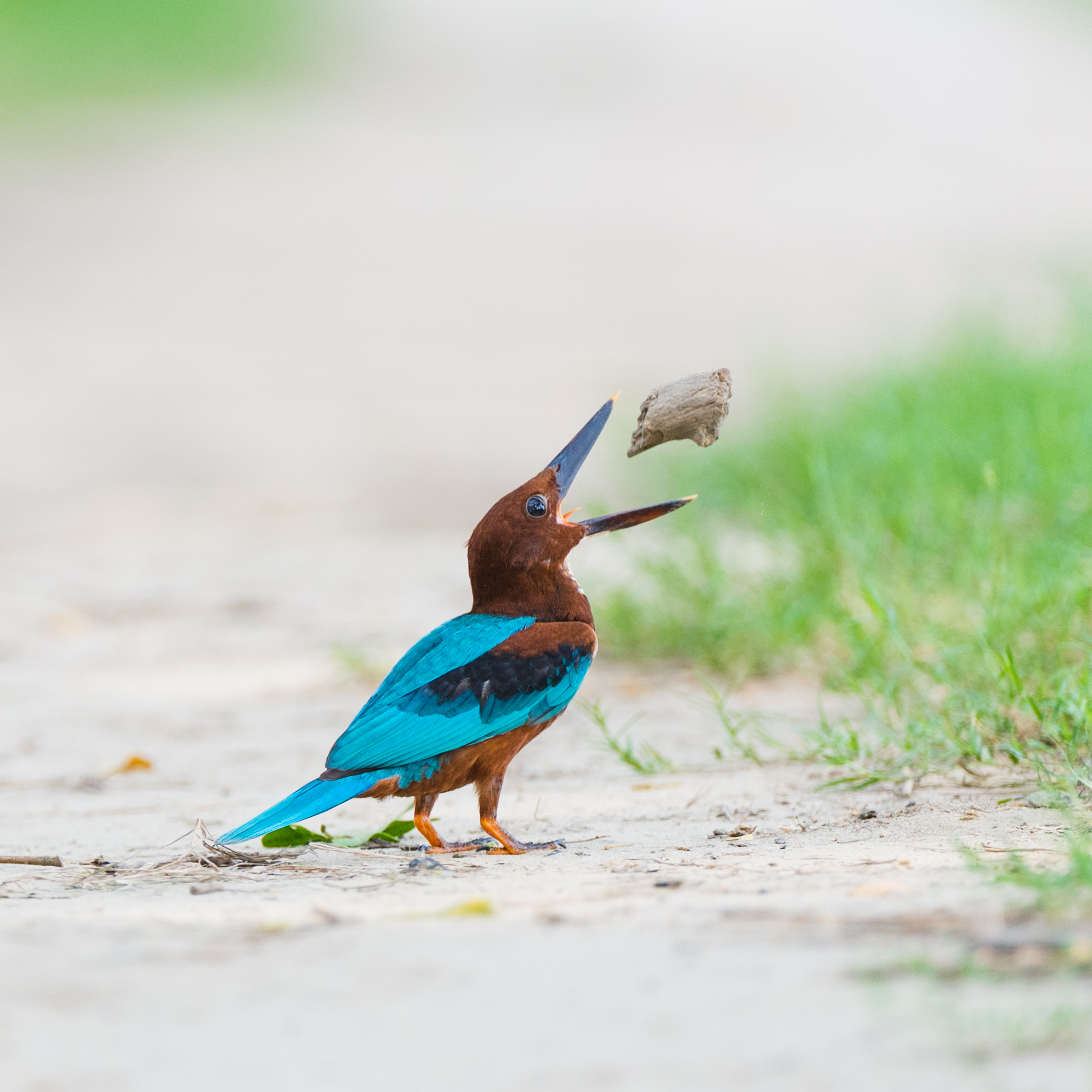
If you were limited to one camera and one lens for wildlife, what setup would you go for and why?
At this point of time, my go-to set up for wildlife would be a Nikon D5 paired with the 180-400mm F4 with inbuilt 1.4x TC. It is hard to beat the compositional versatility offered by Nikon’s 180- 400mm, which can go up to 560mm with the inbuilt TC engaged. The 180mm side of the zoom range allows decent habitat shots of even large animals and the 560mm tele-option is useful for capturing birds. For sure, certain aspects of the output quality may be a fraction below that of the fantastic prime lens alternatives such as a 400mm F2.8 lens. But since my core photo-design approach is mostly that of a visual artist and less of a nature documenter, the artistic freedom of this lovely zoom lens more than overcomes its slight technical inferiority. And in terms of my first[1]choice camera body, the D5 continues to be the most reliable beast for heavy duty field work. And in scenarios where it is not feasible to use a sturdy tripod, such as from within a safari jeep in India or Africa, I would carry a beanbag to stabilize my set-up.

If you won a prize and could visit any location in the world, where would it be?
This question alone will send me into day dreams for days on end!
The top of my mind thought is naturally to visit an enticing international location which I have not had the chance to explore earlier.
Since I have been fortunate enough to have had a chance to photograph at several of the iconic wildlife reserves in Africa and India, the current fantasies around answering this question deal with newer destinations in other regions.
Will winning this dream prize take me to the Emperor Penguins in the freezing heart of the Antarctic or to the Galapagos Islands to understand what inspired Darwin? Will it perhaps lead to an exploration of the Pantanal to try and see jaguars hunting caimans? Or will the prize be a passport to photograph a rarely visited rugged place such as Wrangel Island? Or will it be more exciting to spend time in Papua New Guinea discovering its exotic bird species and cultures? Or instead, should I simply visit our near relatives, the orangutans, in Borneo?
Will I rather visit …. Aah, if wishes were horses!!!

How would you like your photography to develop in the next 5 years?
My pictures are my finite offerings to the infinite. For me, there is no disconnect between my life’s overall mission and my photographic journey, as these are intertwined. For me, the photographic journey does not merely connote photo-tours to different locations but contemplates the journeys within as well. Photography enables me to visually share these explorations with the outside world. And I hope to have continued further on this path in the next five years, following my inner bliss with gratitude.
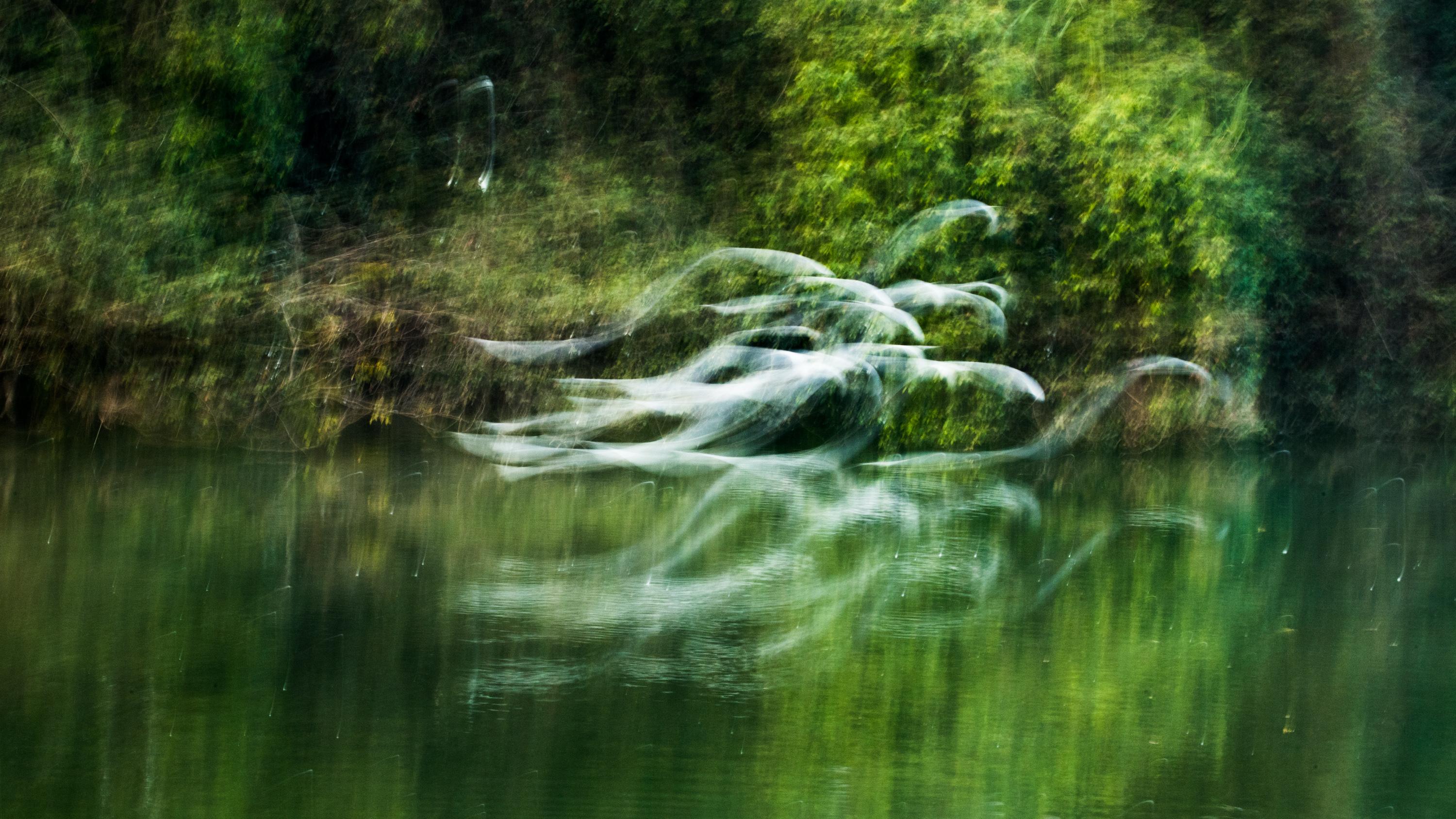

Amartya Mukherjee, a Bangalore-based chartered accountant, is an award-winning photographer and a regularly published writer, whose initial grounding in image-making was in the pictorial and street photography genre of Kolkata. Subsequently, with the move to the digital medium just over a decade ago, he ventured into extensive outdoor photography, with a focus on natural history....
By Ata Hassanzadeh Dastforoush | Photos by Ata Hassanzadeh Dastforoush
PT Explorers 5 Minutes read
ReadEmail: email@pawstrails.com